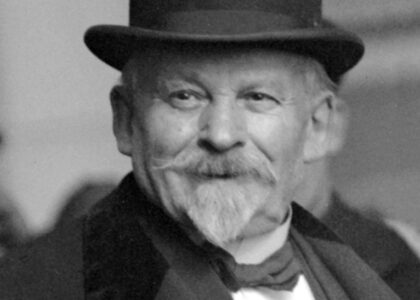Welcome to the site of a pivotal institution in American history, where the journey of William Tecumseh Sherman, a key figure in the Civil War, intersected with the establishment of higher education in Louisiana. This is the original location of the Louisiana State Seminary of Learning & Military Academy, which eventually became Louisiana State University (LSU). Founded in 1860 near Pineville, Louisiana, this seminary was a product of the United States government’s early land grants aimed at fostering education in the new territories.
The institution opened its doors on January 2, 1860, with Major William Tecumseh Sherman as its first superintendent. Sherman, who would later become a renowned Union General, was instrumental in shaping the seminary’s initial military structure, drawing inspiration from the Virginia Military Institute. However, his tenure was short-lived. On January 26, 1861, Louisiana seceded from the Union, prompting Sherman to resign and return north.
The Civil War had a profound impact on the seminary. It closed in June 1861, only months after opening, as the nation descended into conflict. The institution briefly reopened in 1863 amidst the Union’s Red River Campaign but was soon shuttered again. During this tumultuous period, the seminary suffered significant losses due to Union occupation.
After the war, in a gesture of reconciliation, Sherman donated two cannons to the seminary. These cannons, captured from Confederate forces, had been used in the initial firing upon Fort Sumter — the event that marked the beginning of the Civil War. Today, they stand as silent sentinels in front of LSU’s Military Science/Aerospace Studies Building.
The seminary reopened on October 2, 1865, only to be devastated by fire in 1869. It resumed operations in Baton Rouge on November 1, 1869, marking the start of a new chapter. In 1870, the institution was renamed Louisiana State University, and it continued to evolve, becoming a cornerstone of higher education in the South.
William Tecumseh Sherman’s brief yet significant role at the seminary highlights the intertwined histories of education and military service in America. His legacy, along with the seminary’s resilience through adversity, underscores the enduring spirit of innovation and leadership that defines LSU today.
As you stand here, reflect on the profound changes that swept through this region during the 19th century — from the turmoil of the Civil War to the rebirth of an educational institution that continues to thrive. LSU today is a leading research university, home to thousands of students and a testament to the enduring vision of its founders.






